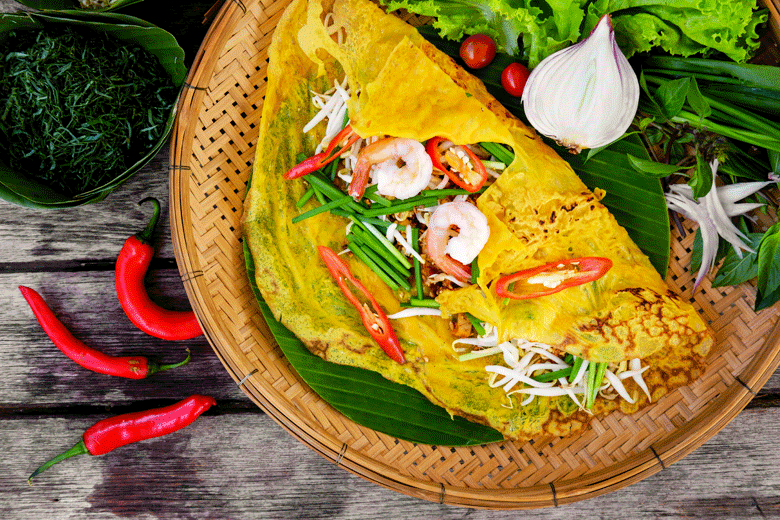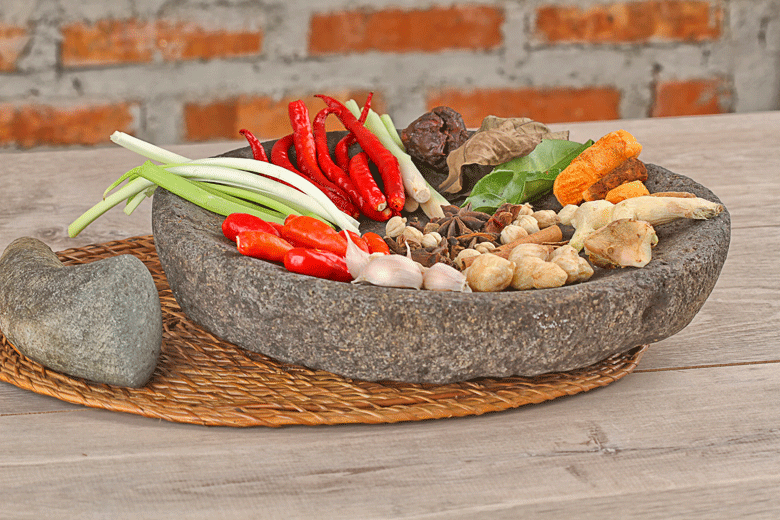[wpseo_breadcrumb]
Belado Terong
Author: Cee Gee
Nutrition Information
- Serves: 4
- Serving size: 150g
- Calories: 111
- Fat: 7 g
- Saturated fat: 1 g
- Unsaturated fat: 7 g
- Trans fat: 0 g
- Carbohydrates: 10 g
- Sugar: 6 g
- Sodium: 715 mg
- Fiber: 2 g
- Protein: 2 g
- Cholesterol: 0 mg
Recipe type: Sides
Cuisine: Indonesia
Prep time:
Cook time:
Total time:

A great side dish that can be served on its own as a snack or as part of a main course plate, Fantastic with seafood, pork, lamb and chicken dishes. The sauce that accompanies the eggplants can also be used with prawn, squid or okra
Ingredients
- Asian eggplants – two ( see note *)
- Tomatoes – two large ( chopped
- Red Chillies – three (chopped)
- Sambal Oelek – two tablespoons
- Shallots – four ( finely sliced)
- Garlic – three cloves ( finely chopped)
- Lime juice = one and a half tablespoons
- Sugar – one teaspoon
- Vegetable oil - two tablespoons ( plus a little more)
- Salt - one teaspoon
- Fried anchovies - optional
Instructions
- Preheat your oven to 190 degree Celsius ( 170 fan) ( see note)
- Top and tail the eggplants Cut in half lengthwise and then into 25mm (one-inch) pieces
- Place the eggplant pieces on a baking tray. Drizzle with oil and sprinkle with some salt
- Bake in the oven for 20 to 25 minutes until soft
- In the meantime heat two tablespoons of the oil in a pan
- Add the shallots and fry until starting to change colour
- Add the garlic and chillies. Fry gently for a minute
- Now add the tomatoes and ½ a cup of water. Cook at a gentle simmer until the sauce has reduced to about half
- Add the lime juice, sambal oelek, remaining salt and anchovies ( if using) Stir well
- Remove the eggplants from the oven. Place in a serving bowl
- Pour the sauce over the eggplants. Mix
- Serve
Notes
* If you are unable to find Asian eggplants substitute with two medium normal
**The eggplants can also be fried in a little olive oil
Keywords: Belado terong
**The eggplants can also be fried in a little olive oil
Keywords: Belado terong





